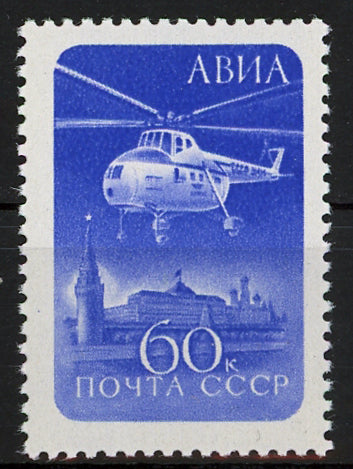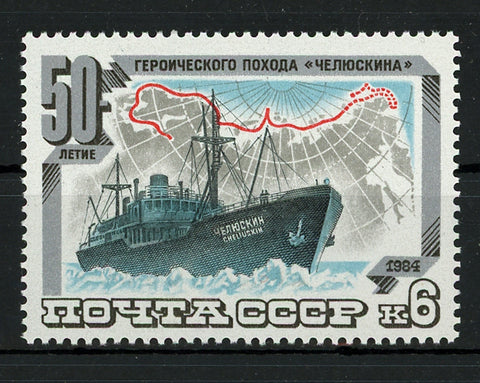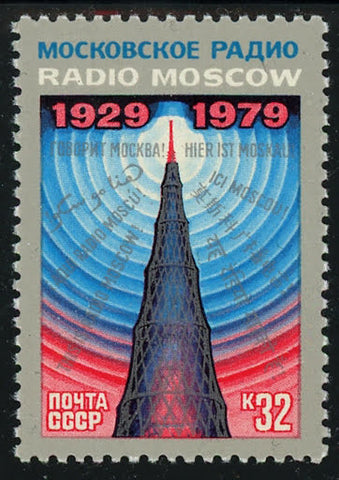CCCP Russia Train Steam Locomotive Transportation Serie Set of 4 Stamps MNH
- Product Sku:
- Categories Russia, Trains and Locomotives, Transportation Stamps
CCCP Russia Train Steam Locomotive Transportation Serie Set of 4 Stamps MNH
A steam locomotive is a type of railway locomotive that produces its pulling power through a steam engine. These locomotives are fueled by burning combustible material – usually coal, wood, or oil – to produce steam in a boiler. The steam moves reciprocating pistons which are mechanically connected to the locomotive's main wheels (drivers). Both fuel and water supplies are carried with the locomotive, either on the locomotive itself or in wagons (tenders) pulled behind.
Steam locomotives were first developed in the United Kingdom during the early 19th century and used for railway transport until the middle of the 20th century. Richard Trevithick built the first steam locomotive in 1802. The first commercially successful steam locomotive was built in 1812–13 by John Blenkinsop. Locomotion No. 1, built by George Stephenson and his son Robert's company Robert Stephenson and Company, was the first steam locomotive to haul passengers on a public railway, the Stockton and Darlington Railway in 1825. In 1830, George Stephenson opened the first public inter-city railway, the Liverpool and Manchester Railway. Robert Stephenson and Company was the pre-eminent builder of steam locomotives for railways in the United Kingdom, the United States, and much of Europe in the first decades of steam.
In the 20th century, Chief Mechanical Engineer of the London and North Eastern Railway (LNER) Nigel Gresley designed some of the most famous locomotives, including the Flying Scotsman, the first steam locomotive officially recorded over 100 mph in passenger service, and a LNER Class A4, 4468 Mallard, which still holds the record for being the fastest steam locomotive in the world (126 mph).
From the early 1900s, steam locomotives were gradually superseded by electric and diesel locomotives, with railways fully converting to electric and diesel power beginning in the late 1930s. The majority of steam locomotives were retired from regular service by the 1980s, although several continue to run on tourist and heritage lines.
Fast & Free Shipping within U.S.A.
We Care for your order, Pack it carefully and ship it within 48 hours.
Satisfaction Guaranteed!
Please explore our store for more stamps, souvenir sheets, post-office collectibles and philately books and pre-philatelic items:
montecinos.philately



















